- Replies 19
- Views 2.1k
- Created
- Last Reply
Most active in this topic
-
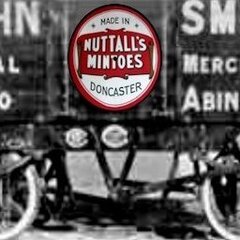 Roburt 5 posts
Roburt 5 posts -
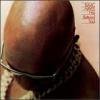 Shinehead 3 posts
Shinehead 3 posts -
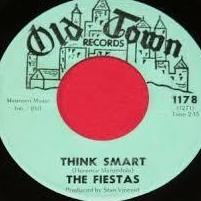 Thinksmart 3 posts
Thinksmart 3 posts -
Sheffieldsoulg 2 posts
Most Popular Posts
-
An article I wrote about the club around 25 years ago ... Although it is now more than 30 years since the club closed down, the memories of the King Mojo Club in Sheffield are still fresh for th
-
The biggest problem the Mojo had was it's location. It was right in the middle of an affluent residential area of north Sheffield -- miles from the town centre. The locals got worried that just as the
-
I was a member of the Mojo & attended on a regular basis in 1966 & 67 (till it was closed down) ...





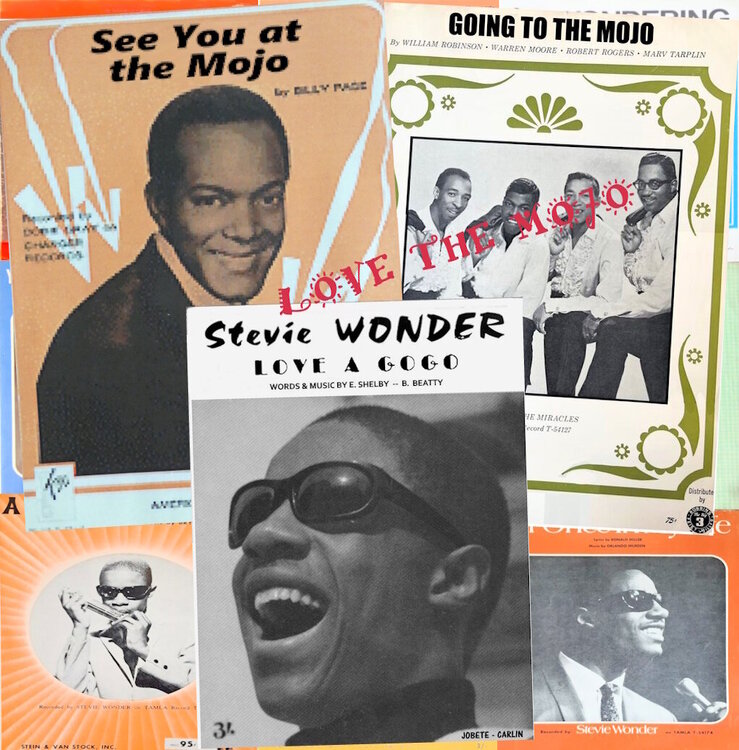
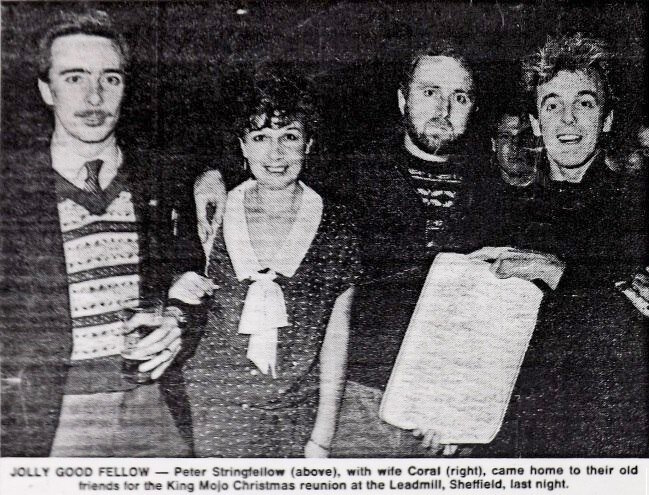
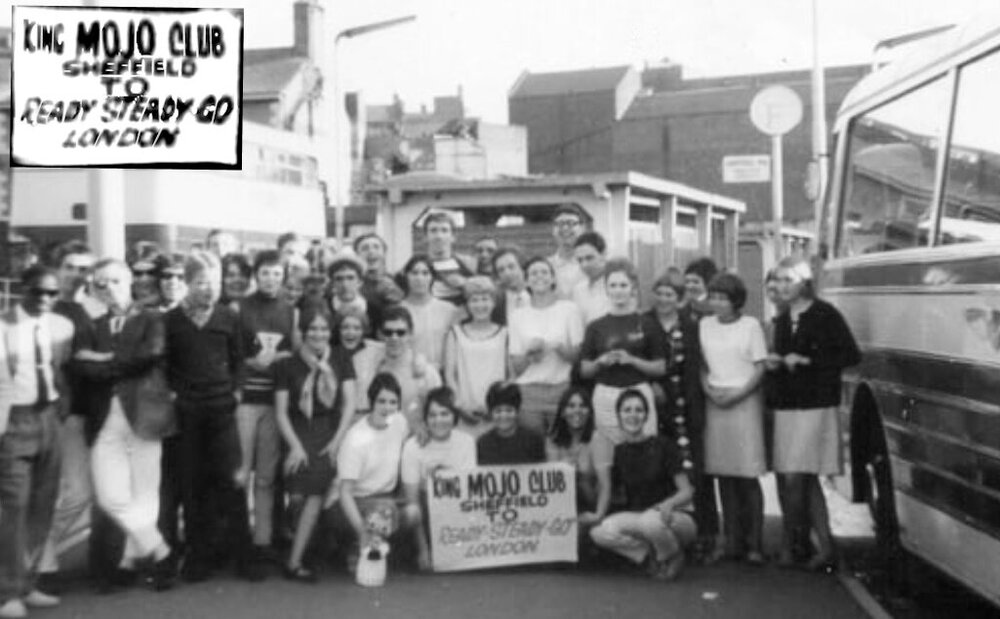
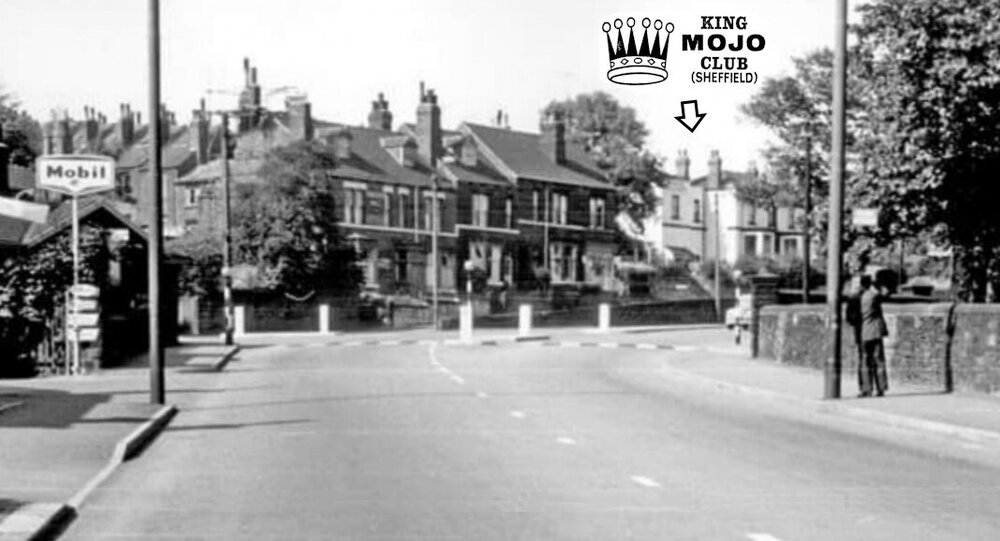
Before my time but maybe of interest to others, the artist roster was interesting , Otis Clay and Wilson Pickett amongst some other soul greats.
https://sheffieldmusicarchive.co.uk/cp-venues/king-mojo-club/